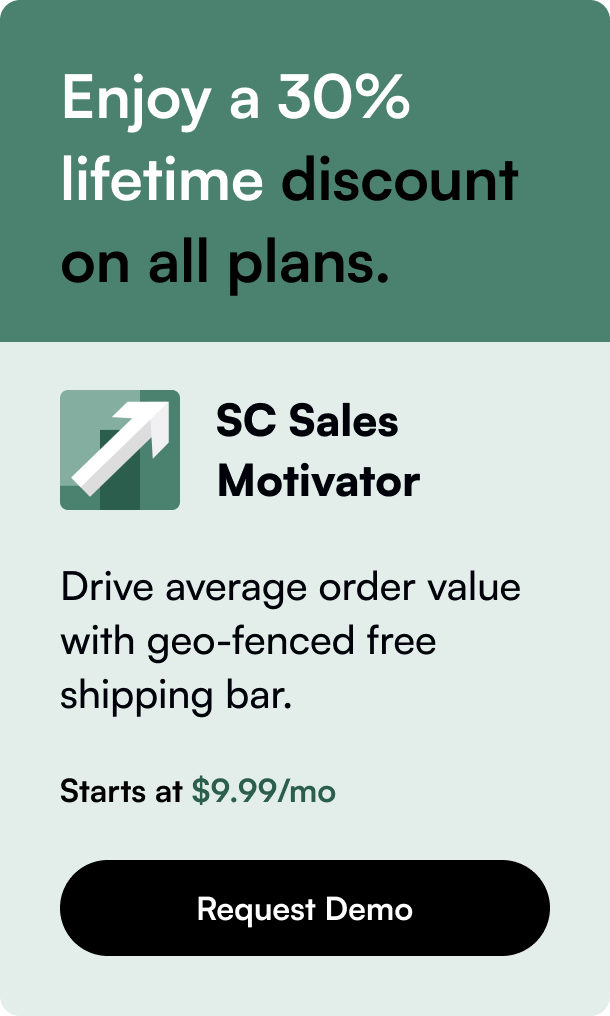Table of Contents
- Introduction
- Why Duplicate Your Shopify Store?
- Manual vs. Automated Duplication
- How to Duplicate Your Shopify Store: A Detailed Guide
- Frequently Asked Questions
In the ever-evolving world of e-commerce, the need for scalability and efficiency cannot be overstated. Whether you're expanding to new markets or setting up a test environment for development, duplicating your Shopify store can be a game-changer. If you've ever wondered, "Can I duplicate my Shopify store?" the answer is a resounding yes. This comprehensive guide will walk you through the reasons for duplicating your store, the methods available, and step-by-step instructions to ensure a smooth process.
Introduction
Imagine you've meticulously built your Shopify store, tailored to perfection with your products, collections, and custom design. Now, you want to replicate this setup for a new market or perhaps create a staging copy for testing purposes without affecting your live store. How do you go about this without starting from scratch or risking your current setup?
The ability to duplicate your Shopify store offers numerous benefits, from streamlining business expansion to enhancing development workflows. This blog post aims to enlighten e-commerce business owners and Shopify developers on the available options for store duplication, outlining a clear, actionable process that saves time and resources.
By the end of this post, you'll have a clear understanding of how to effectively duplicate your Shopify store, the tools at your disposal, and the nuanced details that ensure a seamless transition to your new store. Let's embark on this journey toward e-commerce expansion and optimization.
Why Duplicate Your Shopify Store?
There are several compelling reasons to consider duplicating your Shopify store. Perhaps you're aiming for international expansion and need localized stores for different regions. Maybe you're seeking to offer multiple currencies or languages, substantially improving the customer experience for your global audience. Alternatively, creating a test environment for new developments without risking your live store's stability can streamline workflow for Shopify developers.
Additionally, duplicating your store can be pivotal for businesses exploring wholesale opportunities, allowing for separate, password-protected storefronts for B2B transactions. Regardless of your reasons, the ability to duplicate your Shopify store opens up a world of possibilities for growth, experimentation, and efficiency.
Manual vs. Automated Duplication
When it comes to duplicating your Shopify store, there are two primary paths you can take: manual and automated.
Manual Duplication:
The manual process involves several steps, starting from exporting your store's data (products, customers, orders, etc.) via CSV files to recreating the store's settings in your new Shopify account. It's labor-intensive and requires meticulous attention to detail, especially when transferring design elements and app integrations. Despite the effort, this method offers complete control over what gets duplicated.
Automated Duplication:
Leveraging third-party tools and apps offers a more efficient and error-free approach to store duplication. Apps such as Duplify and Matrixify substantially streamline the process, allowing you to duplicate everything from products and collections to customer data and order history with just a few clicks. Automated solutions not only save time but also minimize the risk of data loss or inconsistencies between your original and duplicate stores.
How to Duplicate Your Shopify Store: A Detailed Guide
-
Preparation: Ensure your original store is fully updated and backup up. Review all data, noting any customizations or app-specific information that needs to be transferred.
-
Choose Your Method: Decide between manual duplication or an automated app. For manual duplication, start by exporting your data as CSV files from your Shopify admin. If choosing an automated solution, select a reputable app like Duplify or Rewind Staging, ensuring it meets your specific needs.
-
Data Transfer:
- Manual: Import your CSV files into your new Shopify store, recreating your store's setup including themes, products, customer data, and orders.
- Automated: With an app, follow the provided instructions to sync your original and new stores, selecting the data you wish to duplicate.
-
Post-Duplication Setup: Regardless of the method, review your new store's setup. Adjust settings, re-add any necessary apps, and customize themes as required. Test functionality thoroughly to ensure everything operates as expected.
-
Final Checks and Go Live: Perform a final walkthrough of your duplicated store. Ensure that all data has been accurately transferred and that the store functions seamlessly across all devices and browsers. Once satisfied, your new Shopify store is ready to go live.
Frequently Asked Questions
-
Will duplicating my store affect my SEO?
- Duplicating your store won't inherently affect your SEO, but ensure unique content on each store to avoid duplicate content issues.
-
Can I duplicate my store's apps and their settings?
- Most third-party apps will need to be reinstalled in the new store. Some settings may be transferable through the app's export/import functionality, but this varies by app.
-
Is it possible to selectively duplicate data?
- Yes, both manual and automated methods allow for selective data duplication. You can choose specific products, collections, or customer data to duplicate based on your needs.
-
How long does the duplication process take?
- The duration depends on the size of your store and the chosen method. Automated tools can significantly reduce time compared to manual duplication.
In conclusion, duplicating your Shopify store opens up vast opportunities for business growth and operational efficiency. Whether expanding into new markets or establishing a safe testing environment, the process need not be daunting. By carefully choosing between manual and automated methods and following the outlined steps, you can replicate your Shopify store's success effortlessly. Always remember the importance of thorough testing and adjustments post-duplication to ensure a seamless transition for your customers.








